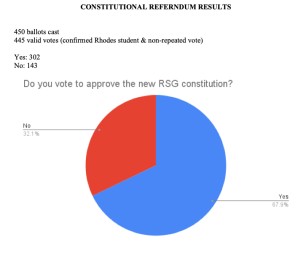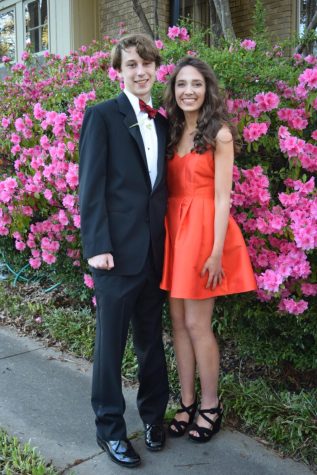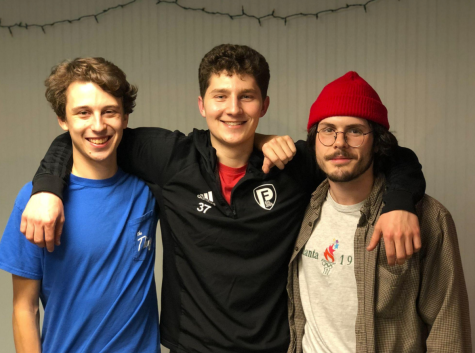Madison Perchik’s research receives national attention
March 25, 2019
Madison Perchik ’19 is a Chemistry major with minors in Religious Studies and Spanish. For the last three years, since her freshman year, she has been working under Chemistry Professor and Chair of the Chemistry Department, Mauricio Cafiero, on computational chemistry research in order to find a potential drug candidate for Parkinson’s disease patients. Although the research group’s overarching goal is to find a drug candidate to potentially treat symptoms of Parkinson’s disease, the specific research that has been done has been on a very small scale.
The research that the group has been doing looks at the dopamine pathway synthesis and the breakdown of dopamine in the brain. More specifically, the group has been looking at the Chrystal structure of an active site of different enzymes and creating ligands that could turn into potential drug candidates. The group has also been testing all of the enzymes involved in the creation of dopamine in the brain to ensure that those ligands would not inhibit those enzymes. On the other hand, their goal is to inhibit the enzymes involved in the breakdown of dopamine so that there would be a net increase of dopamine in the brain.
The reason Madison and her research group would want to have a net increase of dopamine is that Parkinson’s patients have a degradation of the part of their brain called the Substantia Nigra, which is a major source of dopamine. Dopamine is a neuro transmitter that controls coordinated muscle movement and the lack of dopamine in Parkinson’s patients is what causes tremors.
When each student joins the research group, he or she is trained by both Professor Cafiero and the students already in the group. Once each student has been trained, he or she is given an enzyme for their specific project based on their interests as well as what openings are available in the research. On this process, Madison said, “The easy way to explain it is that we all get our own enzyme. That is not exactly true but that is the easiest way to talk about it.” Madison’s specifically assigned enzyme is the first enzyme used in the creation of dopamine, Phenylalanine hydroxylase. The students within the group have had the opportunity throughout their research to refer back to research done by former students and build upon it using modern-day, improved technology. Madison said, “It is kind of a cool thing to look at people’s work from five or six years ago like, ‘woah they’ve worked on this, let me build on this’ and with the computers, they have obviously gotten so much faster and we have so much more capacity to work.”
Recently, Madison’s research was published in an esteemed academic journal, the Computational and Theoretical Chemistry. Although this publication was the culmination of her research project, her research group has had the opportunity to present their research at conventions across the world. They have had to opportunity to attend conferences hosted by American Chemical Society, including one coming up in Orlando at the beginning of April. The group also had the opportunity to present their research to chemists from all over the world in 2017 at a conference hosted by the World Association of Theoretical Chemistry in Munich, Germany. Although she was nervous putting herself out there and putting work up against the world, Madison said, “It was really cool to go and people were still impressed with what we were doing and that it still held up on a world scale.”
After her graduation in May, Madison will be attending medical school and pursuing the work that she has always wanted to do. Although she has not decided what she will specialize in, she hopes that she will be able to continue research-computational or clinical.











Ann Bruce de Pineda class of 68 • Jul 29, 2019 at 3:46 pm
Thank you for your work. My husband has suffered from Parkinson’s for almost ten years. When his neurologist had to stop practicing, our nephew blessed us by introducing us to an amazing specialist. She is originally from El Salvador, where we live, but studied in Berne, Switzerland, and specialized in movement disorders in Argentina. Her name is Elena Majano de Carias. My husband’s condition has improved immensely with her help and yearly visits to our son’s home in the Bay Area where we visit Dr. Cristine. My husband has also received rehabilitation, both public and private, and also uses his stationary bike and does the exercises he was taught at Funter, the public rehabilitation center. He has been encouraged to box and dance, but we haven’t found boxing designed for his problem yet. I had read some disturbing news about my Alma Mater. It’s nice to read about something which seems more realistic. Best Regards, Ann de Pineda